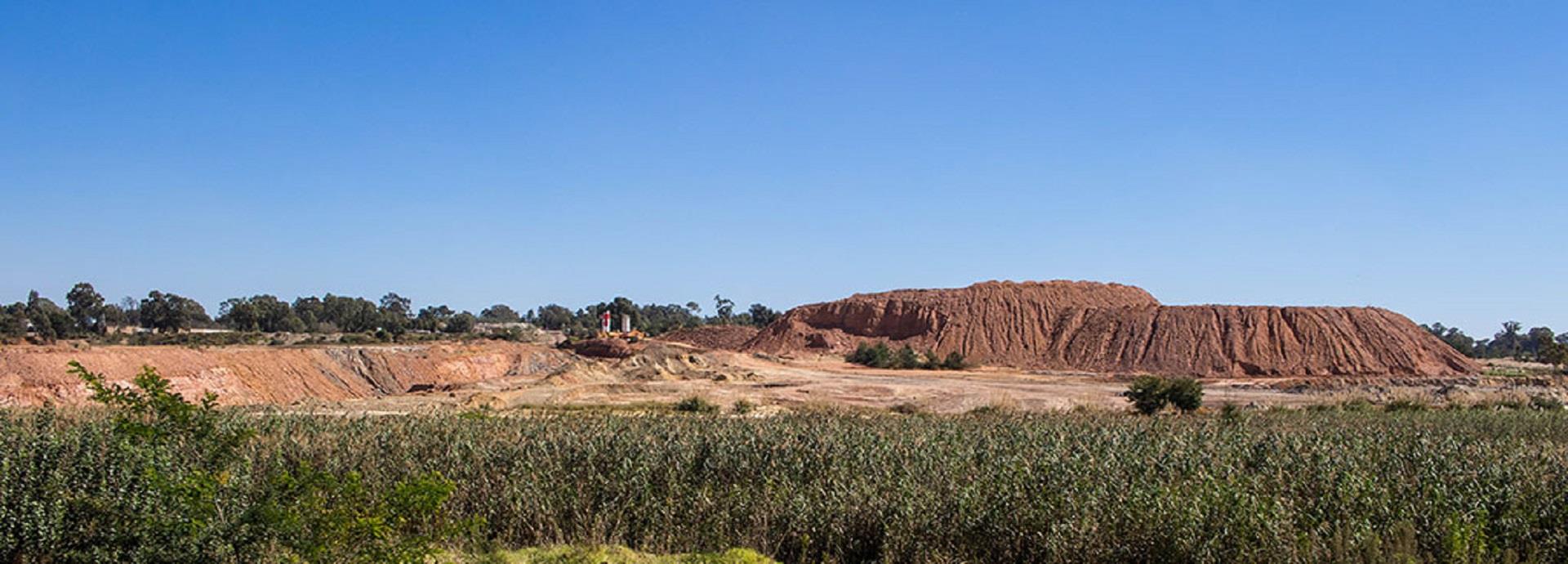

The third story in our four-part series on mining industry’s energy problem focuses on South Africa.
One of the world’s most naturally gifted economies, South Africa, is rich in mineral reserves and natural resources. It is the world’s largest producer of chromium & manganese and is amongst the world’s largest producers of coal, gold and diamonds amongst several other precious and non-precious metals. So it’s only natural that the mining sector is the backbone of the South African economy.
But in recent times, South Africa’s mining industry has been showing a declining contribution to its economy. Volatile commodity prices, currency depreciation, little or no new investments and legacy problems like poor and intermittent power supply are dragging the sector down.
“Today, the mining sector is seeing a slowdown in South Africa and one of the major causes for this is the exposure to rapidly increasing grid tariffs from the utility, Eskom,” says Wayne Glossop, Business Development Manager, Wärtsilä Energy Solutions.
“As a result, mining companies are seeking greater levels of energy independence in order to better manage their own energy costs and reduce their exposure to the above normal tariff increases anticipated from Eskom for the foreseeable future,” he adds.
Currently South Africa is almost entirely dependent on state-owned, national utility company, Eskom for its power needs. Eskom generates more than 90% of South Africa’s power and is the sole purchaser of electricity in the country. But power inefficiencies are on the rise and electricity prices are volatile. Eskom is also saddled with mounting debts. That has cast a dark shadow on the future of several industries including mining.
Making hay while the sun shines
Since mining is a very energy intensive sector, inefficiencies in power supply would immediately impact productivity. Therefore, miners are taking no chances. They are now switching to renewable energy to plug the problem. Renewables will help their companies become partially independent of Eskom and also reduce their carbon footprint. Many mining companies in South Africa are now installing solar projects which are not only more environment-friendly but also more cost effective.
“To balance the energy intensity, the energy that costs less on a yearly-basis will be a key component for future mining, not only in economic, but social and environmental costs. Non-conventional renewable energies (mainly solar and wind energy) are reducing costs productions every year,” explains Arnoldus Mateo van den Hurk Mir, General Manager, Renewable Energy and Mining International Observatory.
While several miners are either considering or commissioning solar projects to off-set their grid demand others have been plugging their supply-side problems by installing smaller internal combustion engine (ICE) generation units, which are quick to install and do not require large capital outlays. But renewable energy in isolation is not a complete solution for the problem of miners.
“Whilst having embedded solar plants does provide some energy relief to the mining companies, it unfortunately has the adverse effect of increasing the pressure on the utility to provide power during the peaks and evening periods. This pressure will ultimately be fed back to the consumer through higher peak and evening tariffs,” says Glossop.
South Africa’s solution will not come from merely depending on renewables. It is imperative that mines use a more flexible approach and couple renewables with flexible generation options such as gas and storage to get by during periods where there is no solar energy. And that’s where Smart Power Generation which involves a mix of thermal, comes in. Experts believe that smart power generation could be the ideal solution for South Africa’s mining sector going forward.

